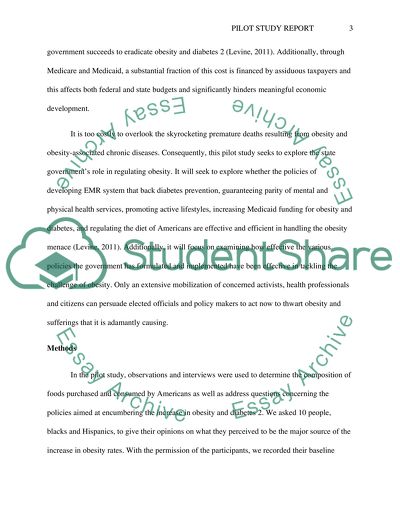Cite this document
(The Epidemic of Obesity Term Paper Example | Topics and Well Written Essays - 1702 words, n.d.)
The Epidemic of Obesity Term Paper Example | Topics and Well Written Essays - 1702 words. Retrieved from https://studentshare.org/health-sciences-medicine/1661256-research-methods-pilot-study-report
The Epidemic of Obesity Term Paper Example | Topics and Well Written Essays - 1702 words. Retrieved from https://studentshare.org/health-sciences-medicine/1661256-research-methods-pilot-study-report
(The Epidemic of Obesity Term Paper Example | Topics and Well Written Essays - 1702 Words)
The Epidemic of Obesity Term Paper Example | Topics and Well Written Essays - 1702 Words. https://studentshare.org/health-sciences-medicine/1661256-research-methods-pilot-study-report.
The Epidemic of Obesity Term Paper Example | Topics and Well Written Essays - 1702 Words. https://studentshare.org/health-sciences-medicine/1661256-research-methods-pilot-study-report.
“The Epidemic of Obesity Term Paper Example | Topics and Well Written Essays - 1702 Words”, n.d. https://studentshare.org/health-sciences-medicine/1661256-research-methods-pilot-study-report.


